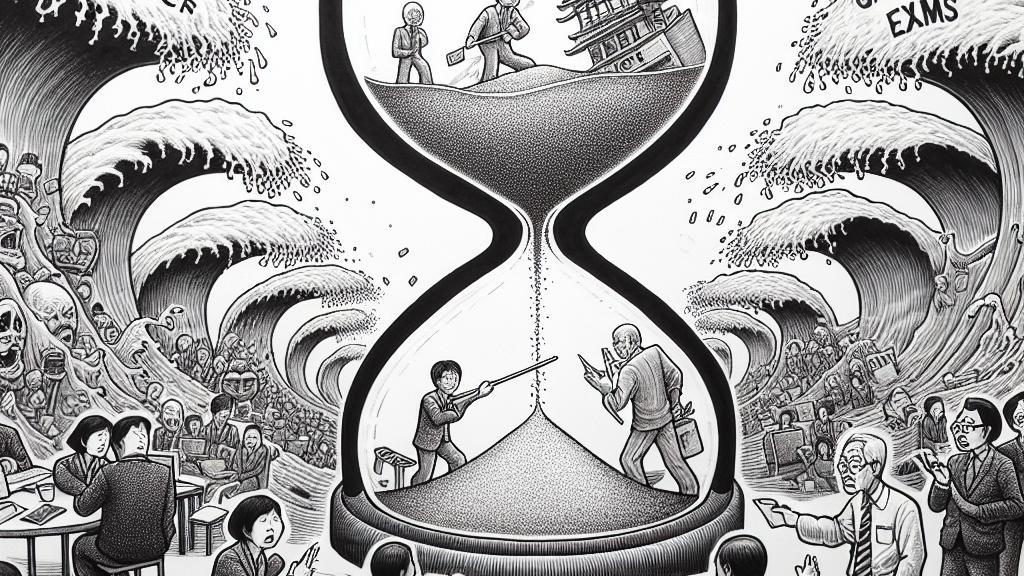Effectiveness of Advanced Teacher Recruitment Schedules Questioned
Overview
- A striking 85% of educational jurisdictions report a decline in teacher exam candidates, shocking educators nationwide.
- The Ministry of Education's recent strategy to shift recruitment schedules raises urgent questions about its effectiveness.
- As recruitment concerns deepen, critical discussions are needed to reimagine teacher hiring practices for a sustainable future.

The Unfolding Crisis in Teacher Recruitment
In Japan, the landscape of teacher recruitment is shifting dramatically, illuminating an ongoing crisis that has left many educators and policymakers scrambling for solutions. This year, the Ministry of Education decided to take a bold step by moving up the dates for public school teacher recruitment exams, aiming to attract more candidates amidst an alarming shortage. However, what transpired was rather unexpected: a staggering 85% of jurisdictions that implemented earlier deadlines reported a decrease in the number of candidates compared to the previous year. In fact, these eye-opening statistics have raised significant concerns and sparked urgent discussions about the true effectiveness of simply altering the timeline without addressing deeper, systemic problems.
A Closer Look at the Numbers
Upon examining the detailed findings from a comprehensive investigation by Asahi Shimbun, a stark reality emerges: over 7,000 fewer candidates applied for teaching positions this year, despite the exams being rescheduled to the early months of May and June. Take, for instance, the situation in Shizuoka or Ibaraki, where educational boards anticipated a surge in applications after advancing their recruitment efforts but were met with disheartening results instead. Additionally, many educators are voicing their concerns, emphasizing that merely advancing the exam schedule does not address the multitude of issues potential candidates are grappling with, such as overwhelming job stress, insufficient support, and inadequate compensation. Clearly, there is a pressing need for educational institutions to dig deeper into the underlying motivations that deter aspiring teachers from applying in the first place.
Charting a Path Toward Improvement
Looking ahead, the Ministry of Education acknowledges the complex challenges lying before them and is actively seeking ways to revamp the recruitment process. Encouragingly, proposals to standardize recruitment dates and offer multiple exam opportunities throughout the year are under consideration. Yet, stakeholders are cautiously optimistic, as they stress that without fundamental changes—improving working conditions, enhancing support systems for novice teachers, and ensuring competitive salaries—the goal of attracting new educators may remain elusive. As we navigate these discussions, it becomes clear that reimagining recruitment strategies is not just a necessity but a vital step toward revitalizing Japan's educational system. Therefore, the pivotal question remains: what concrete, actionable steps can be taken collectively to reignite enthusiasm for teaching as a fulfilling and rewarding career choice?

Loading...